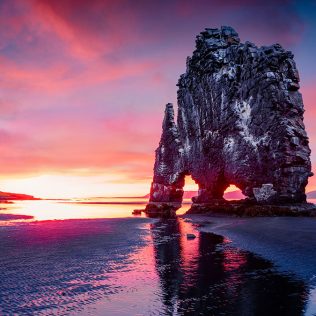Iceland, a land of fire and ice, is equally renowned for its rich tapestry of folklore filled with mythical creatures such as trolls. These legendary beings, deeply woven into the country’s culture and landscapes, invite travelers to explore their enchanting stories and the breathtaking locations associated with them.
Icelandic Folklore and the Origin of Trolls
Icelanders have always been big fans of storytelling, especially around fires during the long, dark nights after settlement. The famous Icelandic sagas make many references to mythical creatures still talked about today.
These creatures have left a lasting impact on the country. Everywhere you look, there’s a link to one of them, whether it’s a sacred elf rock formation, little houses built for the hidden people, or the towering sea stacks that are the petrified remains of night trolls who were out too late.
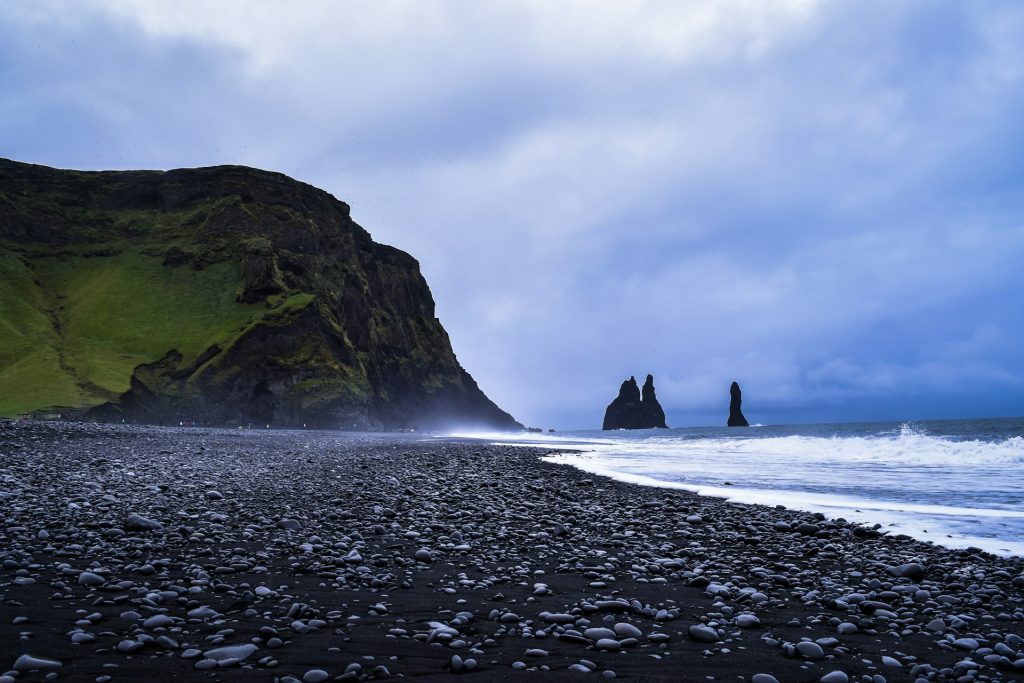
The Beginnings of Icelandic Folklore
Icelandic folklore is rich with tales of elves and Trolls other mythical beings. These stories were passed down through generations, often told around the fire on dark winter nights. The sagas and creative theatrical performances kept the spirit of these creatures alive, making them an integral part of Icelandic culture.
Trolls in Iceland are legendary. According to folklore, night trolls live in mountain caves in Iceland’s uninhabitable areas. They venture out at night but must avoid sunlight, which would turn them to stone. This phenomenon has led to many fascinating rock formations and place names associated with trolls, such as Tröllaskarð (Troll Pass in North Iceland) and Skessuhorn (Troll Woman’s Peak in West Iceland).
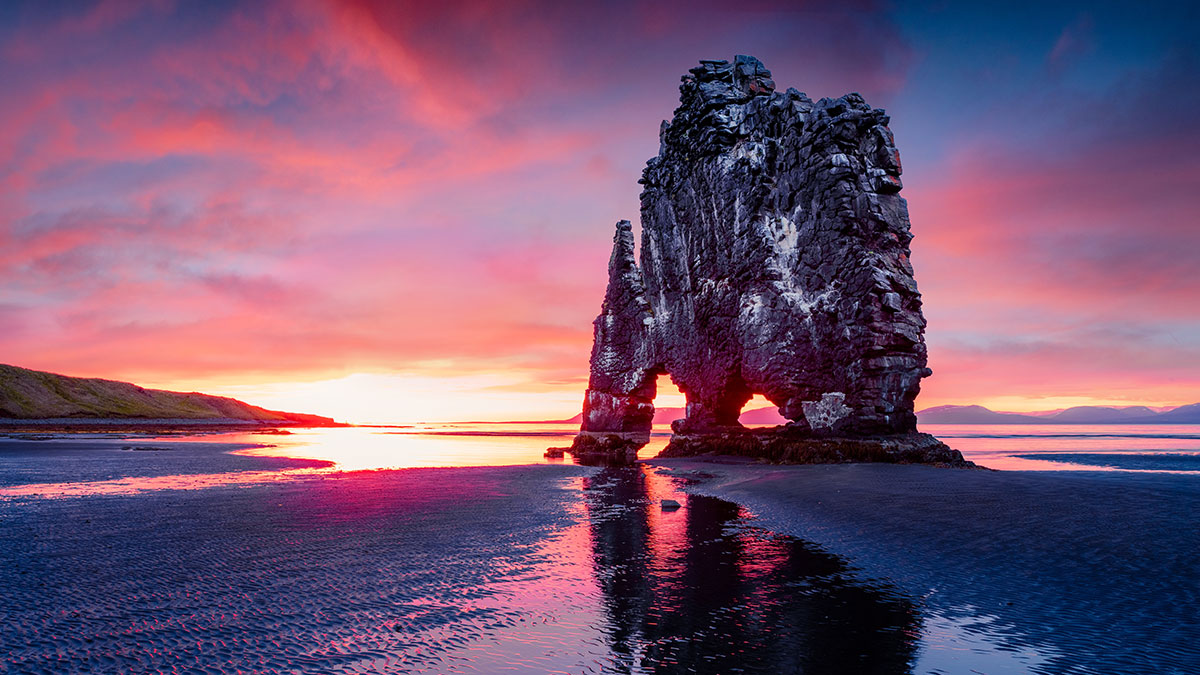
The Fascinating Tales of Icelandic Trolls
Icelandic trolls are not just stories; they are deeply woven into the fabric of the land and its culture. These mythical creatures have inspired numerous tales, each more intriguing than the last. Let’s delve into some of the most fascinating stories about Icelandic trolls and their unique characteristics.
The Yule Lads: Iceland’s Mischievous Christmas Trolls
One of the most beloved aspects of Icelandic folklore is the tradition of the Yule Lads. These thirteen mischievous troll-like figures visit children in the nights leading up to Christmas. Each Yule Lad has a unique characteristic, adding a magical and sometimes eerie twist to the festive season.
The Thirteen Yule Lads (santa claus) in Iceland
The Yule Lads are the sons of the troll woman Grýla and her third husband, Leppalúði. According to legend, Grýla is a fearsome troll who comes down from the mountains to capture naughty children.
Her sons, however, are less menacing and more mischievous, each with their own distinct personality and behavior. They arrive one by one, starting on December 12th until Christmas eve, and stay for thirteen days before departing. That’s also why Icelandic Christmas lasts 26 days.
Here are the thirteen Yule Lads and their mischievous traits:
- Stekkjastaur (Sheep-Cote Clod): Arrives on December 12th. He harasses sheep but is impaired by his stiff peg-legs.
- Giljagaur (Gully Gawk): Arrives on December 13th. He hides in gullies, waiting for an opportunity to sneak into the cowshed and steal milk.
- Stúfur (Stubby): Arrives on December 14th. He is abnormally short and steals pans to eat the crust left on them.
- Þvörusleikir (Spoon-Licker): Arrives on December 15th. He steals wooden spoons to lick and is extremely thin due to malnutrition.
- Pottaskefill (Pot-Scraper): Arrives on December 16th. He steals leftovers from pots.
- Askasleikir (Bowl-Licker): Arrives on December 17th. He hides under beds and waits for someone to put down their bowl, which he then steals.
- Hurðaskellir (Door Slammer): Arrives on December 18th. He loves to slam doors, especially during the night, waking people up.
- Skyrgámur (Skyr-Gobbler): Arrives on December 19th. He has an insatiable appetite for skyr, an Icelandic yogurt.
- Bjúgnakrækir (Sausage-Swiper): Arrives on December 20th. He hides in the rafters and snatches sausages that are being smoked.
- Gluggagægir (Window-Peeper): Arrives on December 21st. He looks through windows in search of things to steal.
- Gáttaþefur (Doorway-Sniffer): Arrives on December 22nd. He has an enormous nose and an acute sense of smell, which he uses to find laufabrauð (leaf bread).
- Ketkrókur (Meat-Hook): Arrives on December 23rd. He uses a hook to steal meat.
- Kertasníkir (Candle-Stealer): Arrives on December 24th. He follows children to steal their candles, which were once a valuable commodity.
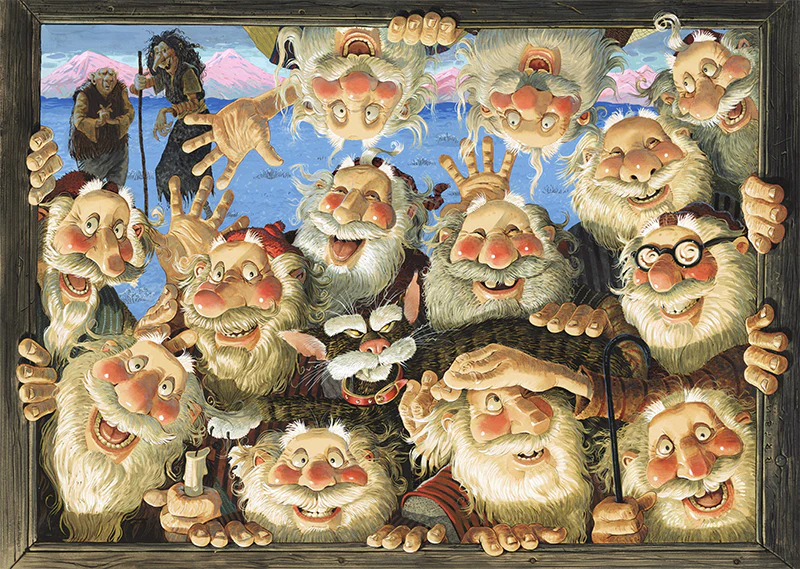
The Transformation and Stone-Turning of Trolls
One of the most fascinating aspects of troll folklore in Iceland is the belief that trolls turn to stone if caught by sunlight. This belief has led to the creation of many natural landmarks, which are said to be petrified trolls.
For example, the towering sea stacks at Reynisfjara beach are supposedly the remains of trolls who were dragging a ship to shore when the sun rose and turned them to stone. These rock formations are not only a popular target for photography but also serve as a reminder of the mythical past.
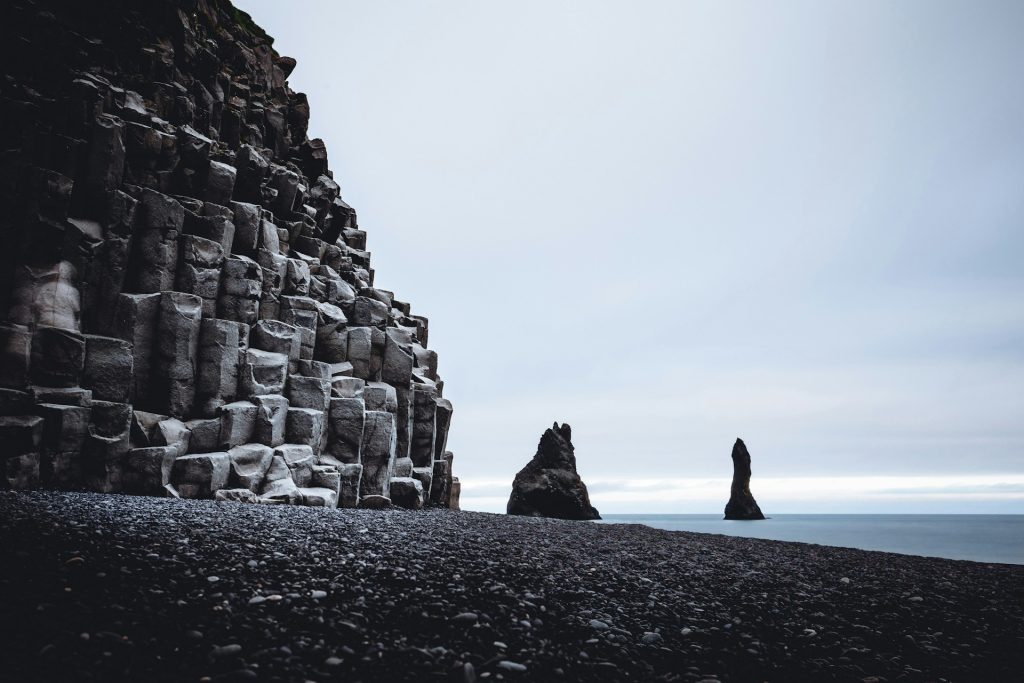
Other Mythical Creatures in Icelandic Folklore
Trolls aren’t the only mythical beings in Icelandic folklore. Elves and hidden people also play a significant role.
Icelandic Elves: The hidden people, or huldufólk, are said to live in rocks and hills, often interacting with trolls in these stories. Their presence is felt throughout Iceland, with many people believing in their existence.
The Yule Cat: another mythical creature, is said to roam the countryside during Christmas, looking for children who haven’t received new clothes. This tale adds another layer to the rich tapestry of Icelandic folklore.
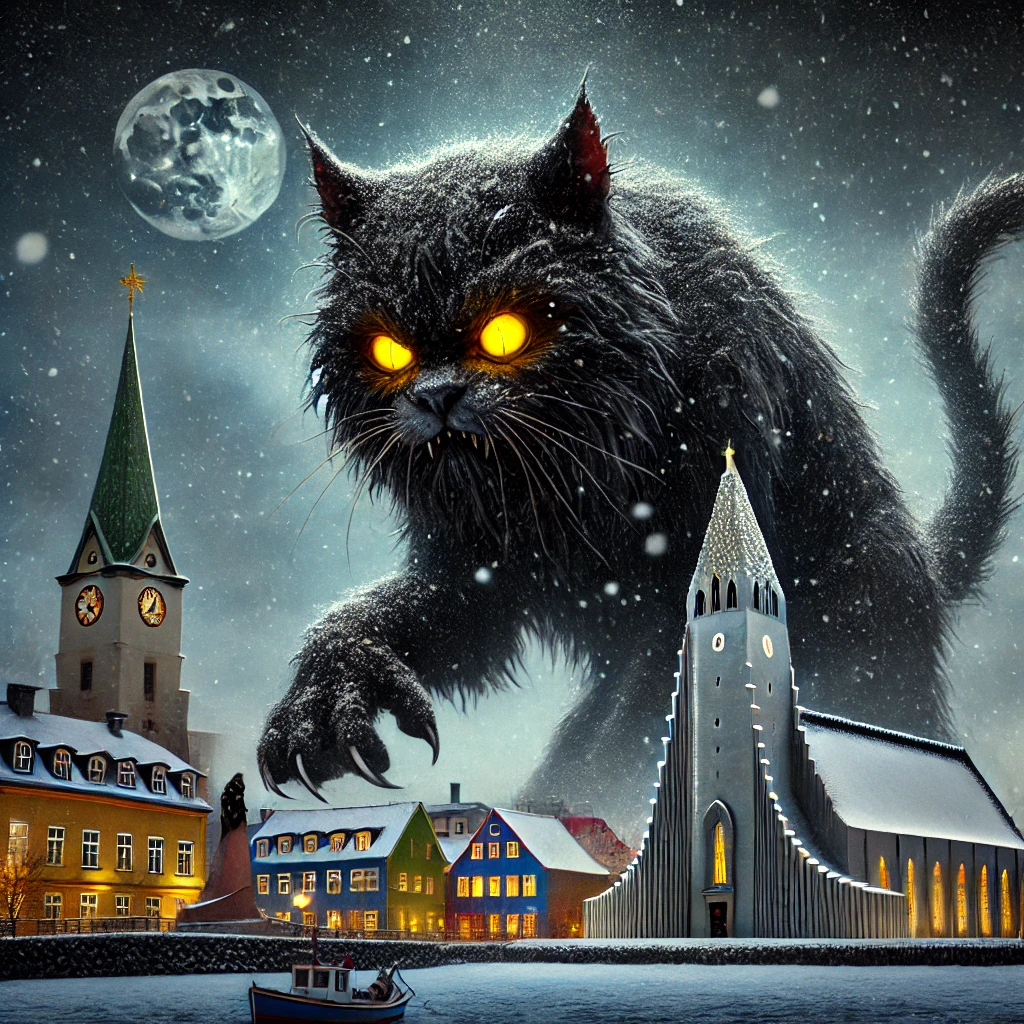
Where to Find Trolls in Iceland
To truly experience the magic of Icelandic trolls, there are certain spots you must visit.
West Iceland is home to Skessuhorn, known as the Troll Woman’s Peak. This towering formation is a testament to the stories of trolls that once roamed the land. Exploring this area with a rental car allows you to delve into the heart of Icelandic folklore.
In North Iceland, you’ll find Tröllaskarð (Troll Pass), a place steeped in troll legends. The Hvítserkur sea stack on the Vatnsnes peninsula, also known as the troll of north-west Iceland, stands at 15 meters high and resembles a large troll dragging his knuckles along the floor. This area is perfect for a road trip with a rental car, offering stunning views and a glimpse into the mythical past.
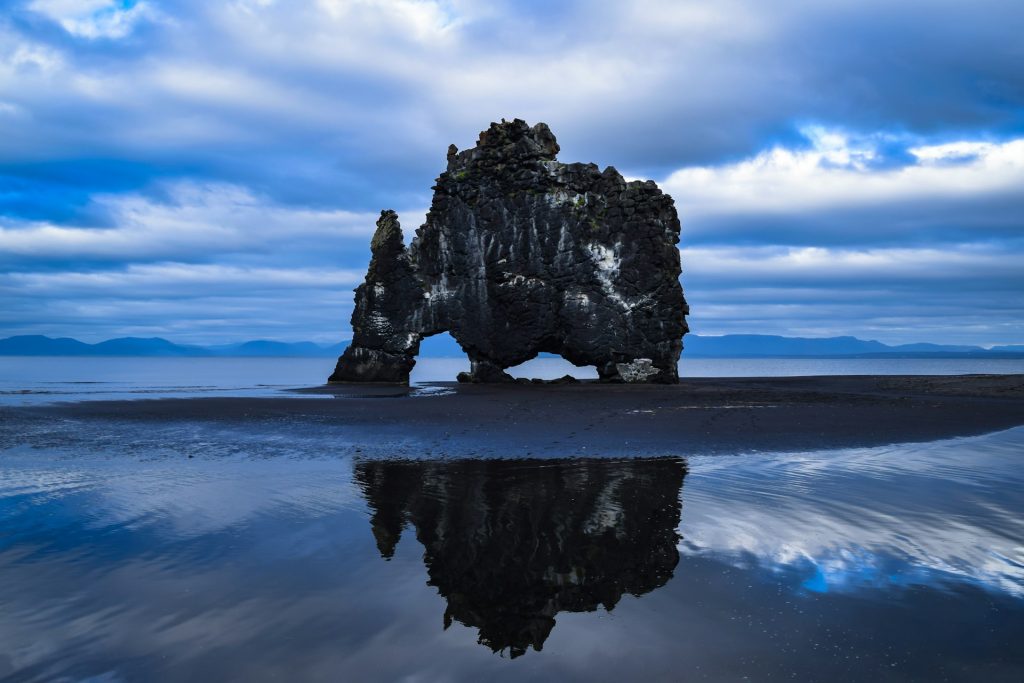
Experience the Magic Yourself
Exploring these mystical locations is easier and more affordable with a rental car from Firefly Iceland.
Firefly Iceland offers budget-friendly car rentals that make it easy to explore the country’s troll heritage. Renting a car provides the freedom to visit remote troll locations at your own pace.
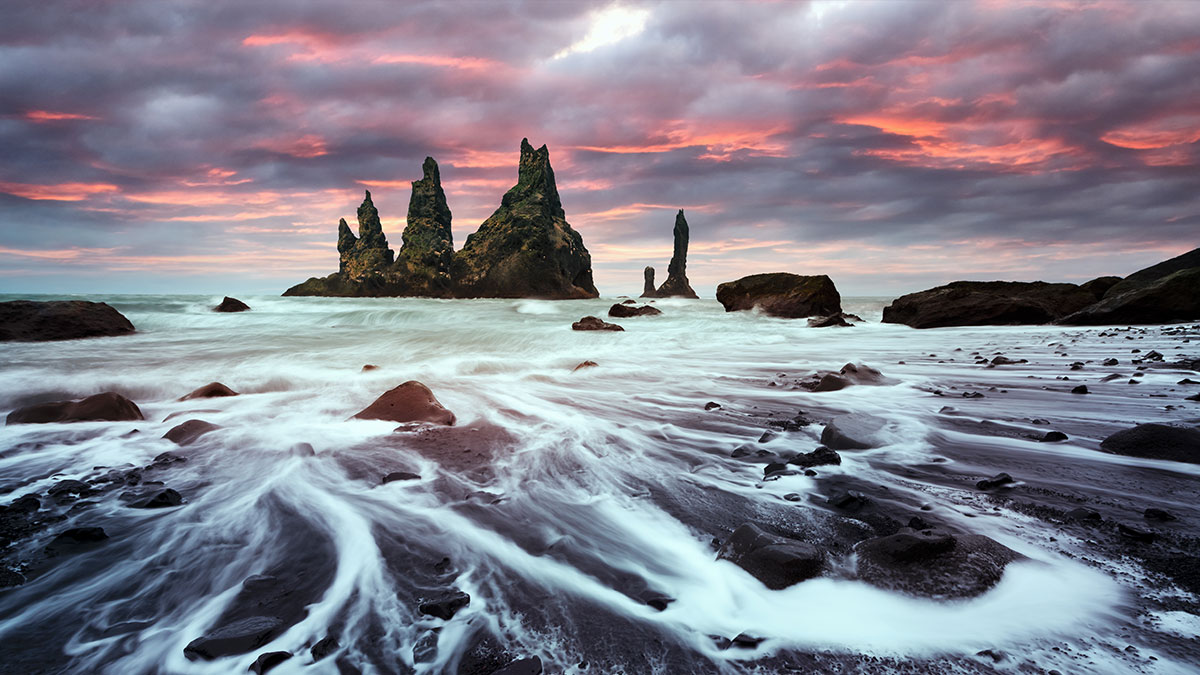
Unveil the magic of Icelandic trolls and other mythical creatures with the convenience of a Firefly rental car. Start your affordable and unforgettable adventure today!
